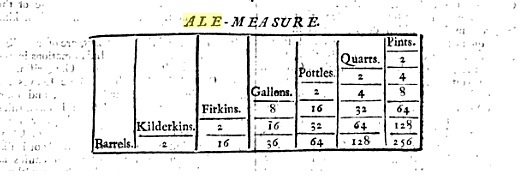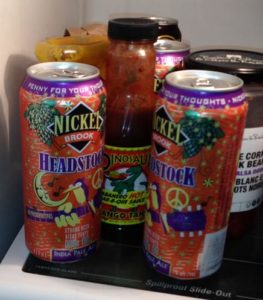I heard the news about Aaron Swartz like everyone else. And then I heard another way as way back when I started blogging I belonged to the Berkman Thursday discussion group through the Harvard Law School’s Berkman Center for Internet and Society. I still get the digests via email when something is posted coming up on a decade after it was busy. This week I received this:
It is with great sadness that I share with you the news that one of tech’s bright minds and a blog group participant, Aaron Swartz, has left us. Many people are sharing thoughts about this amazing fellow. I’ll share a few links below. Some local memorials have already happened and more are yet to come. Since Aaron was on the MIT Mystery Hunt team sj and I and several other blog group folks are on, we are tentatively planning a gathering during the Hunt. If you’re participating in the Hunt, keep an ear out for more info.
It was sad news. I knew the guy was young but when I look back I really had no idea that in my late 30s I was in a chat with folk then only a little more than a third of my age. It was interesting stuff and the discussion was hopeful. There was lots to dream about. I saved stories to my blog like this one from 2004 about how blogs might make money one day. I wrote hopeful things this even though for the life of me I have no idea now what I meant to be saying. I argued. And on Thursday evenings for a while I would fire up the computer, turn on the speakers and listen as the Berkman bloggers’ group talked. There was a chat function – was it on IRC? – that allowed anyone to participate. So I have this dim recollection of chatting about blogging with a lot of people including Aaron. Maybe I just listened or watched his words pass on the screen.
At some point I got less interested in the theory. An argument point developed that somehow folk were able to appropriate the works of others. I didn’t disagree with the point as I had no clue what the heck was meant. The idea generally faded but it took a number of years for the fine points to come to the surface. No one speaks of a “mash up” world any more like in 2004. But Aaron did, I think.
I won’t connect dots and I don’t expect you would either. As was pointed out, there was depression involved. At least one pal of mine died at his own hands due to depression. It’s sad. Does not take a grand design or conspiracy or even anything that makes very much sense. But when I think of the keen interest I had a decade ago and the voices that I listened to in pursuit of that interest, his was in the forefront. And he was so young. As young as my kids now. Sad news.
None





